Olivier Galibert
Evaluate On-the-job Learning Dialogue Systems and a Case Study for Natural Language Understanding
Feb 26, 2021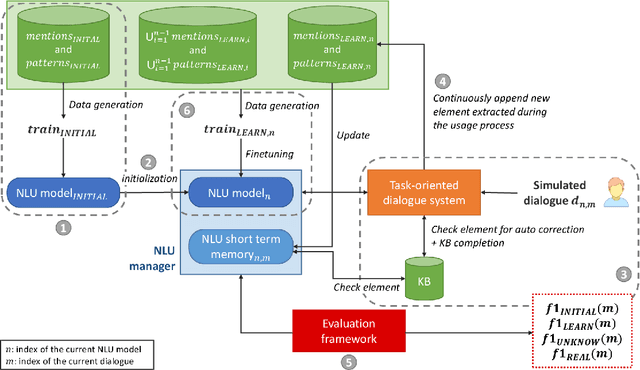

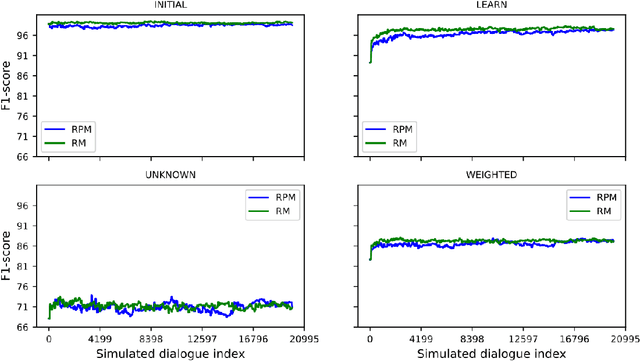
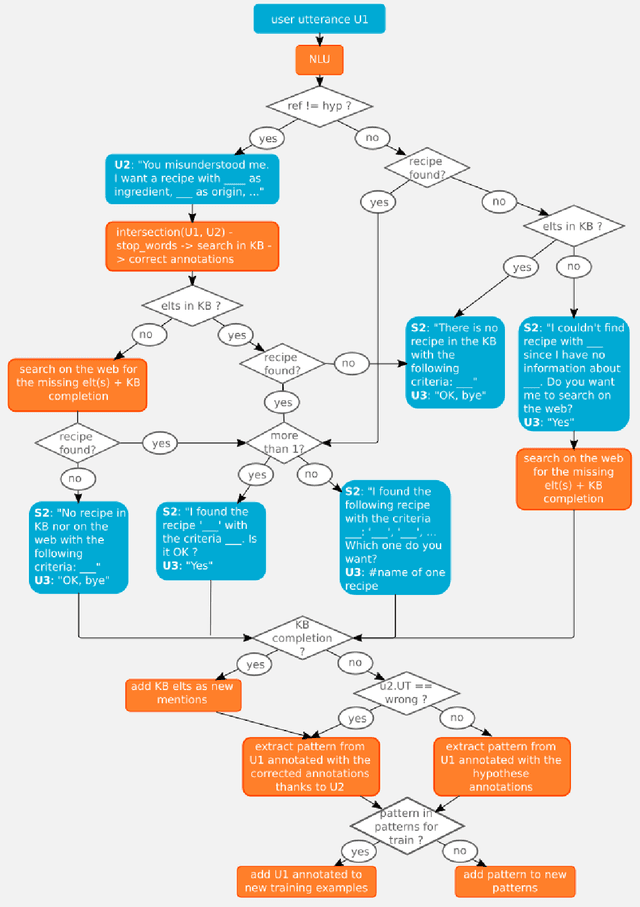
Abstract:On-the-job learning consists in continuously learning while being used in production, in an open environment, meaning that the system has to deal on its own with situations and elements never seen before. The kind of systems that seem to be especially adapted to on-the-job learning are dialogue systems, since they can take advantage of their interactions with users to collect feedback to adapt and improve their components over time. Some dialogue systems performing on-the-job learning have been built and evaluated but no general methodology has yet been defined. Thus in this paper, we propose a first general methodology for evaluating on-the-job learning dialogue systems. We also describe a task-oriented dialogue system which improves on-the-job its natural language component through its user interactions. We finally evaluate our system with the described methodology.
Analyzing Learned Representations of a Deep ASR Performance Prediction Model
Aug 28, 2018
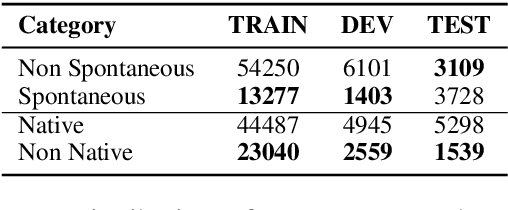
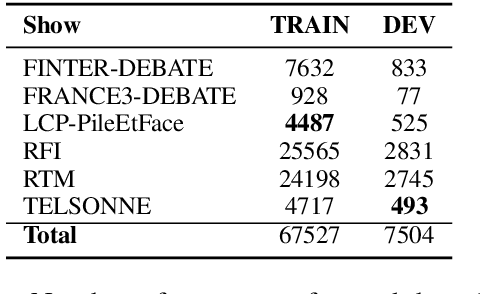
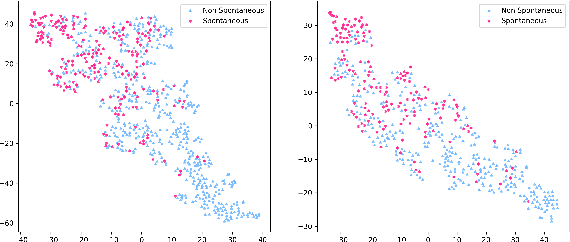
Abstract:This paper addresses a relatively new task: prediction of ASR performance on unseen broadcast programs. In a previous paper, we presented an ASR performance prediction system using CNNs that encode both text (ASR transcript) and speech, in order to predict word error rate. This work is dedicated to the analysis of speech signal embeddings and text embeddings learnt by the CNN while training our prediction model. We try to better understand which information is captured by the deep model and its relation with different conditioning factors. It is shown that hidden layers convey a clear signal about speech style, accent and broadcast type. We then try to leverage these 3 types of information at training time through multi-task learning. Our experiments show that this allows to train slightly more efficient ASR performance prediction systems that - in addition - simultaneously tag the analyzed utterances according to their speech style, accent and broadcast program origin.
ASR Performance Prediction on Unseen Broadcast Programs using Convolutional Neural Networks
Apr 23, 2018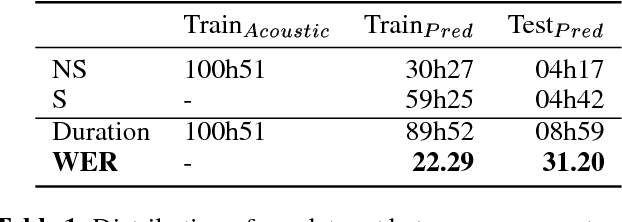

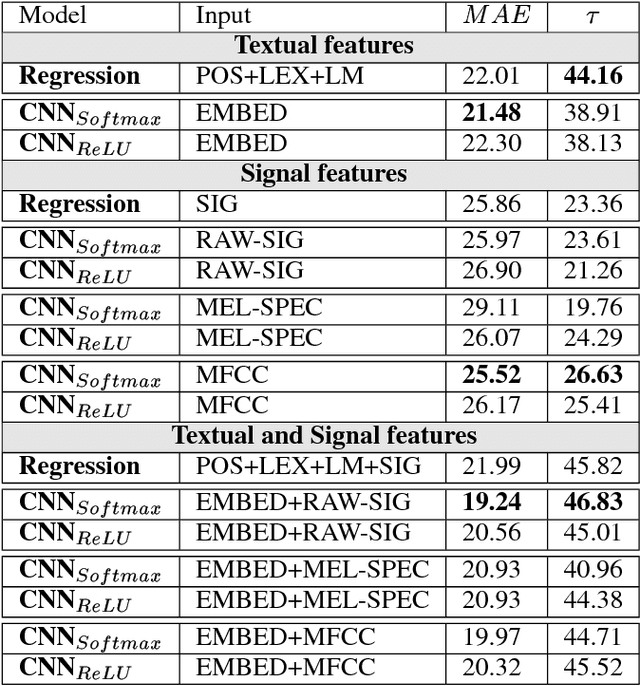
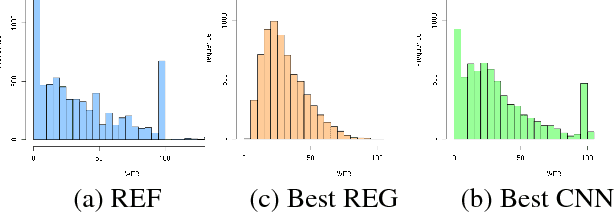
Abstract:In this paper, we address a relatively new task: prediction of ASR performance on unseen broadcast programs. We first propose an heterogenous French corpus dedicated to this task. Two prediction approaches are compared: a state-of-the-art performance prediction based on regression (engineered features) and a new strategy based on convolutional neural networks (learnt features). We particularly focus on the combination of both textual (ASR transcription) and signal inputs. While the joint use of textual and signal features did not work for the regression baseline, the combination of inputs for CNNs leads to the best WER prediction performance. We also show that our CNN prediction remarkably predicts the WER distribution on a collection of speech recordings.
 Add to Chrome
Add to Chrome Add to Firefox
Add to Firefox Add to Edge
Add to Edge